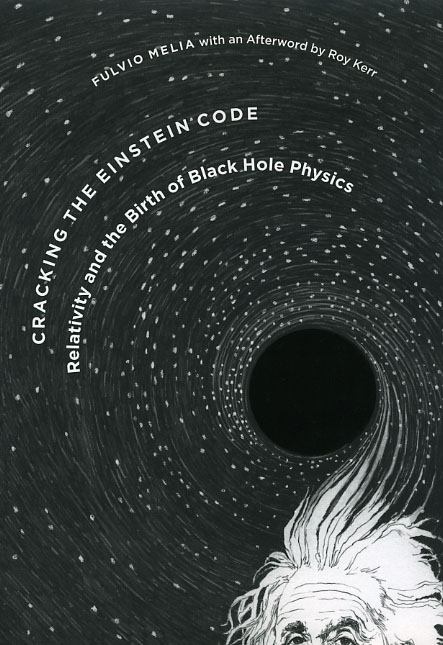Video: Fulvio Melia on Relativity and the Birth of Black Hole Physics
The University of Arizona in conjunction with PBS has posted an interesting video featuring Fulvio Melia on the topic of his new book Cracking the Einstein Code: Relativity and the Birth of Black Hole Physics. Check it out below. More info on the book follows.
For decades after its initial publication Einstein’s theory of general relativity, which used six interlocking equations to describe the effect of gravitation on the shape of space and the flow of time, remained largely a curiosity for scientists. Further research into Einstein’s work was hindered by its extreme complexity and lack of empirical verifiability. That is, until a twenty-nine-year-old Cambridge graduate solved its great riddle in 1963. Roy Kerr’s solution emerged coincidentally with the discovery of black holes that same year and provided fertile testing ground—at long last—for general relativity. Today, scientists routinely cite the Kerr solution, but even among specialists, few know the story of how Kerr cracked Einstein’s code.

In Cracking the Einstein Code Fulvio Melia offers an eyewitness account of the events leading up to Kerr’s great discovery. Melia vividly describes how luminaries such as Karl Schwarzschild, David Hilbert, and Emmy Noether set the stage for the Kerr solution; how Kerr came to make his breakthrough; and how scientists such as Roger Penrose, Kip Thorne, and Stephen Hawking used the accomplishment to refine and expand modern astronomy and physics. Today more than 300 million supermassive black holes are suspected of anchoring their host galaxies across the cosmos, and the Kerr solution is what astronomers and astrophysicists use to describe much of their behavior.
Read an excerpt.